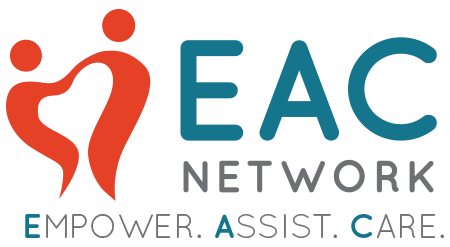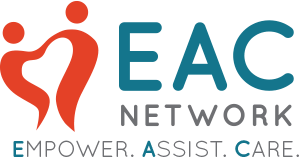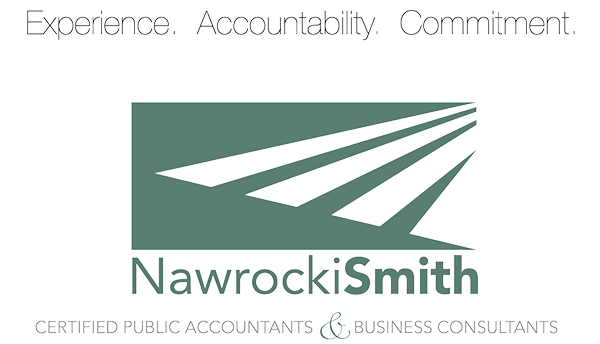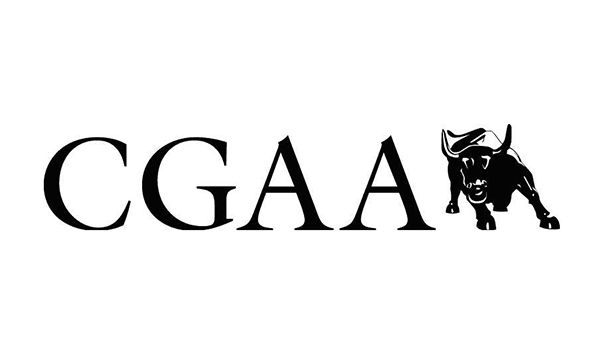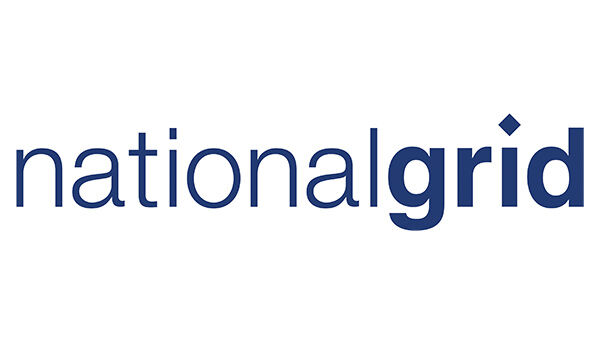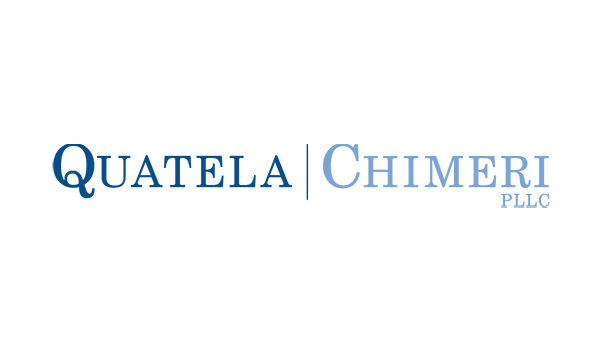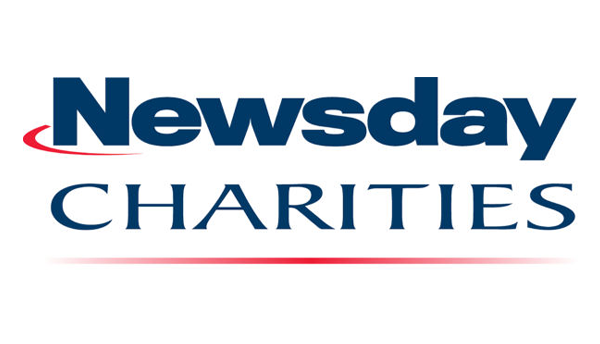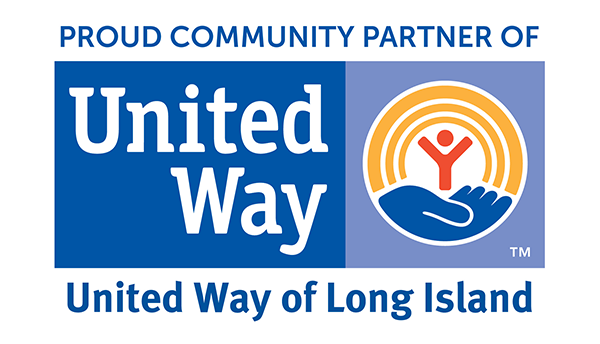
Under the new tax bill that was signed by President Trump on December 22, 2017, many itemized deductions were greatly reduced or completely eliminated. The deduction for charitable contributions is still intact, and the limitation increased to 60% of AGI, but with the loss of deductions and the increased standard deduction, many taxpayers will no longer itemize. That could mean a significant decrease in charitable giving.
Remember that donating to charity is not only about the tax deduction, it is still about helping a cause. That being said, there are still ways to donate and receive the tax benefit. For those with combined mortgage interest, donations and property taxes (capped at $10,000) of at least $24,000 ($12,000 for singles), itemizing deductions will continue. For those, the charitable contributions will be fully deductible (up to 60% of AGI, or 30% for appreciated property). For others, consider “bunching” your contributions so that you are basically making two years’ worth of donations within the same calendar year. By doing this, you may accumulate enough deductions to itemize every other year. So, for example, if you regularly give to charities in December, consider holding off your 2018 contribution until January 2019, and then make your regular contribution in December 2019.
Bunching of contributions could affect the flow of donations to the charitable organizations, which could be a detriment to the organization. One way to allow the charity to still have the constant stream of income is to have contributors use donor advised funds. A donor advised fund is like an investment account for your favorite charity. It allows contributors to donate money and take a tax deduction in the same year, then pay the money to selected charities over time. The funds are invested for tax-free growth and distributed to charities at your discretion. Even though the donor does not directly control the money once deposited, he/she tells the fund administrator how to spend it by selecting an eligible charity and the donation amount.
Another great option available for those who have required minimum distributions from IRA accounts is to make a qualified charitable distribution. This option was made permanent in 2015 and enables you to rollover up to $100,000 from your retirement account to charity. The contribution is subtracted from taxable income giving you the benefit of the contribution, even if you don’t itemize.
As you can see, there are still tax advantages for charitable giving. With the proper planning, your contributions can be tax deductible. Either way, giving to charity makes you feel good.
* * *

Suzanne LoBiondo is the owner of Suzanne M. LoBiondo, CPA P.C., a Long-Island based CPA firm. She has over 25 years of tax and accounting experience, specializing in individual and small business compliance and planning. Her expertise includes high-net-worth individuals and S corporations.


